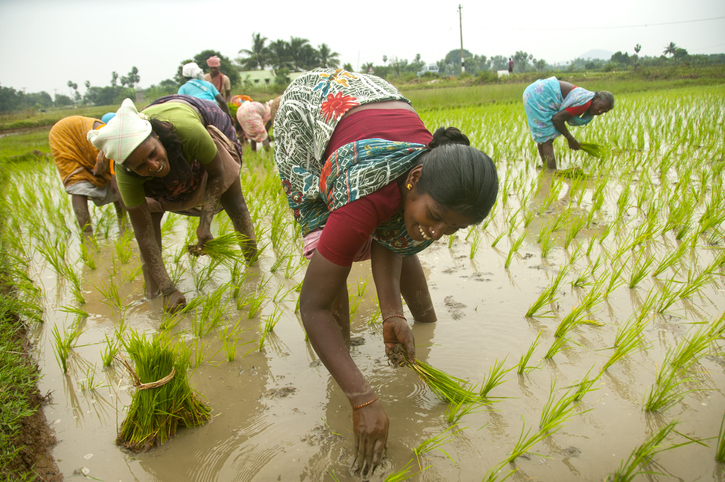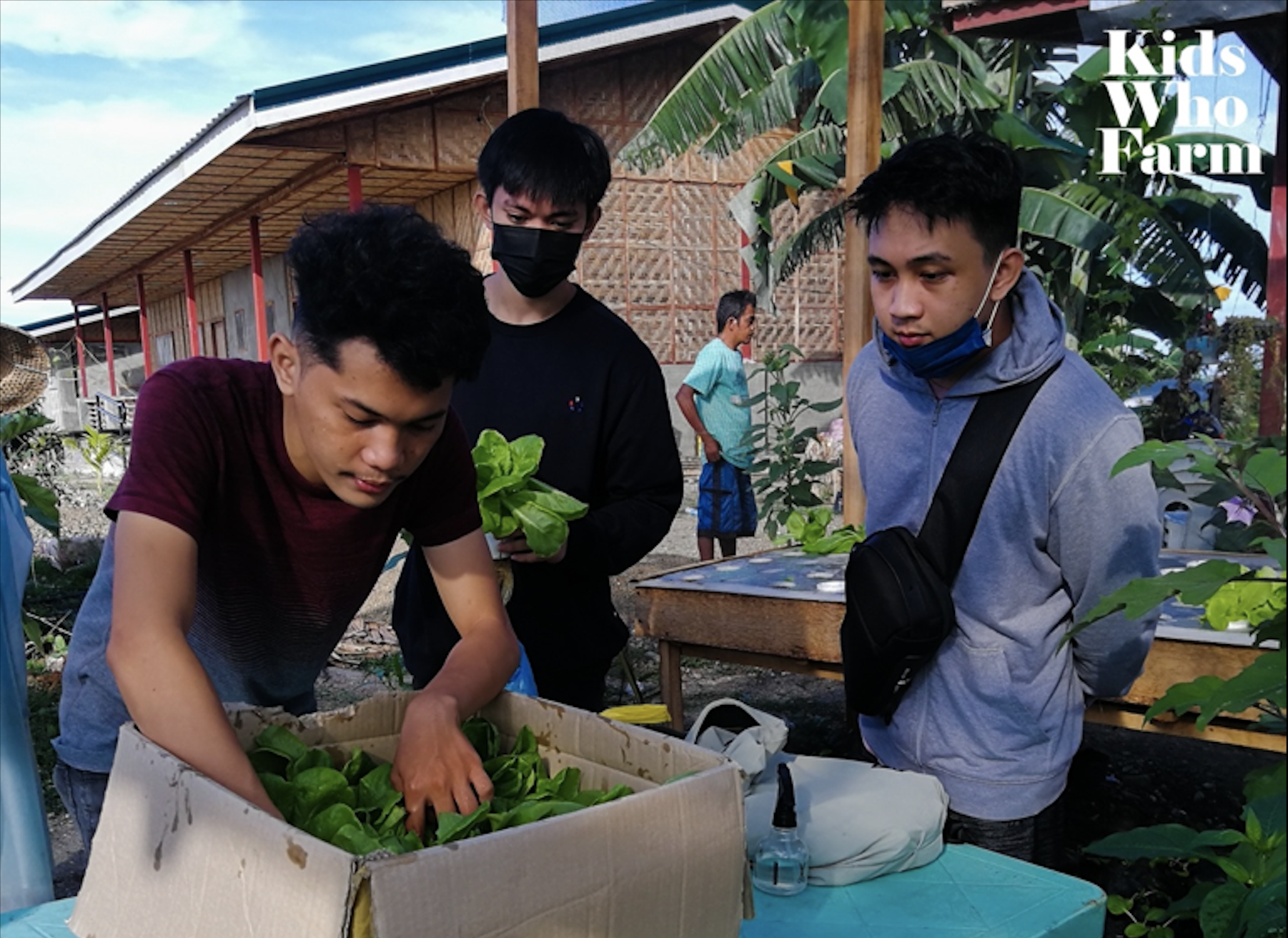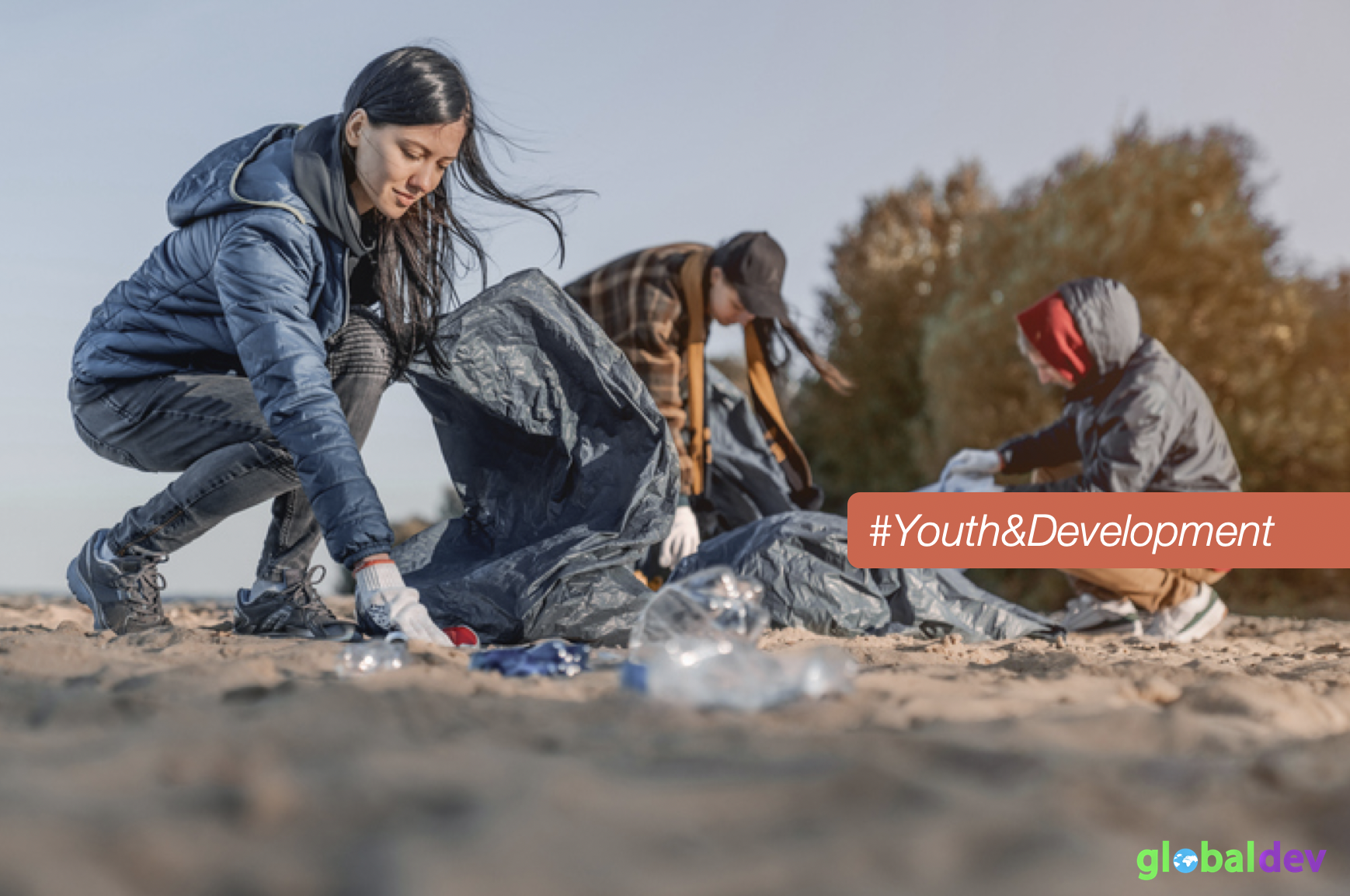Volatility in the prices of staple foods during a crisis can have damaging effects on both farmers and the poor. As this column explains, it is vital to track the effects of trade and market policies on domestic prices in real time. During the first wave of Covid-19, governments sought to insulate domestic consumers from world price fluctuations and to ensure local availability by changing trade policies and introducing price stabilization measures. While world prices did not spike for cereals as expected in the first wave, in light of more recent price rises, it is imperative for governments to use updated data, such as the monthly indicator introduced here, to consider potential impacts of policy responses during subsequent waves.
In periods of crisis such as Covid-19, policy-makers in low- and middle-income countries (LMICs) face a trade-off between reducing consumer prices and providing incentives for production of staple foods. Timely monitoring tools are important for tracking how rapid policy interventions, such as export restrictions, affect prices and whether realignment is needed.
While much of the income of the rural poor comes from agriculture, research shows that the poorest households are often net food consumers. Keeping prices high enough to provide farmers with incentives for production intensification, while at the same time keeping them low enough to ensure that poor consumers have access to staple foods, has been one of the most critical issues during the pandemic. It is important both to reduce food price risks and to raise the productivity of smallholder staple food farms to keep the economy alive in rural areas.
Historically, farmer earnings in developing countries have often been depressed by their own country’s policies, such as heavy taxation of agricultural exports, which had pro-urban, anti-agricultural, and anti-trade biases. That situation has changed dramatically over the last 40 years, giving rise to different patterns of agricultural price incentives worldwide.
But as was previously seen in the world food crisis of 2007–08, out of fear of acute shortages and price volatility during the first wave of Covid-19, LMICs quickly enacted measures to protect poor consumers. Documented polices include reduction of import tariffs, temporary export restrictions, and price controls, all of which can create gaps between domestic and international prices.
To track the effect of trade and market policies on domestic prices in real time, the Food and Agriculture Organization of the United Nations (FAO) developed a new monthly version of the ‘nominal rate of protection’ (NRP) indicator, and estimated it for staple cereals in 27 LMICs. This was based on data primarily from FAO’s Global Information and Early Warning System Food Price Monitoring and Analysis tool and UN Comtrade. We eventually examined 43 country and commodity combinations, or case studies (such as maize in Ecuador).
This monthly NRP ‘express’ (monthly NRPx) provides a sense of current intra-annual trends in price incentives (positive monthly NRPx value) and disincentives (negative value). Ideally, the new indicator can continue to enable rapid policy monitoring and tailored policy recommendations as Covid-19 evolves and when there are future shocks to the global food system.
How did price incentives change during the first wave of Covid-19?
In our research, we analyze year-on-year changes to monthly levels of price incentives during the pandemic’s first wave for the most-consumed staples of the poor and food-insecure: primarily rice, wheat, and maize, along with sorghum, millet, and potatoes. We find a median decline of 12.6 percentage points in incentives for staple food value chains during Covid-19’s first wave (defined here as the period from March 2020 to August 2020, based on case numbers recorded by the World Health Organization).
The low magnitude of change indicates that local markets were only marginally affected by a range of policy adjustments during the first wave. The negative median reflects the fact that many governments implemented policies intended to prevent domestic prices from increasing at the same rate as world prices, which resulted in a decline in price incentives.
The median decline in incentives for rice and wheat drive the overall decrease, as they made up 60% of case studies. As Figure 1 shows, maize had a median increase. This is likely to have been driven by the fact that international prices for maize actually decreased during the first wave, along with the lack of export restrictions compared with rice and wheat, and compounding impacts such as desert locust outbreaks.
Figure 1: Median changes to price incentives by commodity during the first wave of Covid-19

Note: Case study numbers in parentheses.
Source: Authors’ own elaboration.
Price incentives should continue to be monitored regularly
While international prices did not spike for cereals as expected during the pandemic’s first wave, in light of more recent price increases, it is imperative for governments to use updated data to consider potential impacts of policy responses during subsequent waves. It is vital that the potential for abrupt changes in trade policies (especially export restrictions) to contribute collectively to international price increases and volatility is taken into account, with a recognition of how they can result in a reduction in agricultural production and economic wellbeing.
In light of the small median decline in price incentives for staple food value chains during the first wave, Covid-19 provides the opportunity for governments to reconsider how to improve food availability and accessibility, and how to strengthen the resilience of food systems. It also should prompt consideration of how to adapt policy environments to be better equipped to respond to market shocks in a comprehensive way, that takes account of the potentially adverse effects of trade insulation.
Making a priority of collecting farm price data and calculating monthly price incentives for additional commodities will continue to guide policy development to ensure food security and nutrition for the world’s poorest consumers.








